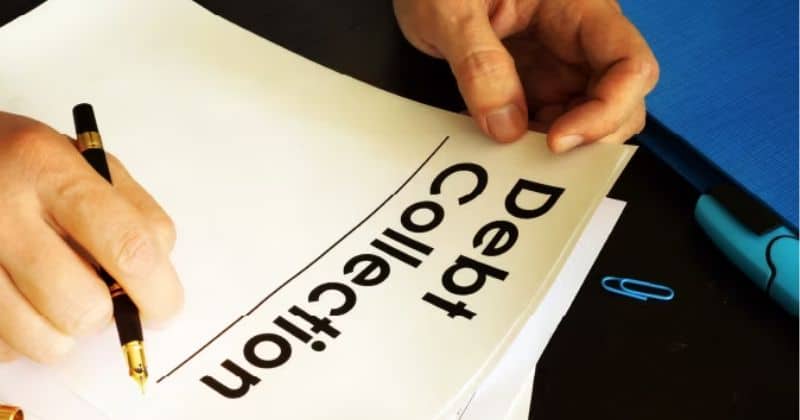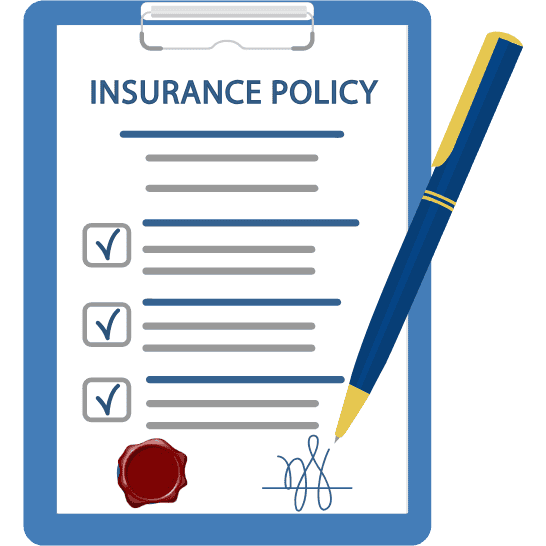What Is Recovery In Banking?

Banking recovery refers to the process through which financial institutions attempt to reclaim money that is owed to them by individuals, businesses, or other entities. Recovery procedures are vital for banks as they aim to reduce the impact of bad debts, maintain financial health, and ensure that credit facilities remain available for customers. This article delves deep into the concept of recovery in banking, its methods, and how services like RupeeRelief can assist individuals in navigating recovery challenges, particularly in the case of unsecured loans and credit cards. Banks and other financial institutions rely on the timely repayment of loans, credit card bills, and other credit facilities to sustain their operations and remain profitable. When borrowers fail to repay their dues on time, it can lead to the accumulation of non-performing assets (NPAs), which negatively affect the financial institution's balance sheet. This is where the concept of recovery comes into play. Banking recovery ensures that financial institutions can mitigate the risk of financial losses and maintain their liquidity. A bank's ability to recover bad debts helps in preserving its ability to extend credit to other customers. Additionally, it ensures that the financial ecosystem remains healthy and that lending activities continue smoothly. The recovery process in banking applies to various types of loans and financial products, each with its own set of challenges and repayment schedules. Some of the most common types of loans subject to recovery include: These loans are not backed by collateral, such as personal loans or credit card debt. Since there is no asset to seize in the event of a default, recovery is more challenging. Financial institutions rely heavily on legal actions and collection agencies to recover the owed amounts. Loans like home loans, car loans, and business loans are secured by assets. If the borrower defaults on payments, the bank has the legal right to seize the asset to recover the owed amount. However, this process can be lengthy and involves additional legal procedures. Credit card debt is a form of revolving credit, and recovery on unpaid dues can be a difficult process for banks. Many people, particularly those who have accumulated high levels of credit card debt, may struggle to make timely repayments, leading to defaults and necessitating recovery efforts. Small and medium-sized enterprises (SMEs) may face financial challenges that make it difficult for them to repay business loans. Recovery in such cases involves a range of strategies, including restructuring loans, renegotiating terms, or in extreme cases, seizing business assets. The recovery process in banking can take many forms, depending on the type of loan, the amount involved, and the borrower's financial situation. Here are some of the most common methods used by financial institutions: One of the most common approaches in recovery is negotiating with the borrower to restructure the loan. This involves adjusting the terms of the loan to make it more manageable for the borrower. For instance, the bank may offer a lower interest rate, extend the repayment period, or even reduce the outstanding debt in some cases. This is often the preferred method, as it allows both the borrower and the bank to avoid legal proceedings and maintain the relationship. However, in many cases, borrowers may not be able to pay even restructured loans due to their ongoing financial struggles. This is where more aggressive recovery actions are considered. If negotiations fail or the borrower refuses to cooperate, financial institutions may resort to legal action. This may include filing lawsuits to recover the money owed or initiating bankruptcy proceedings in the case of businesses or individuals who are unable to pay their debts. Legal action is a time-consuming and costly process, but it is sometimes the only way for banks to recover their dues. In India, banks often resort to the Securitization and Reconstruction of Financial Assets and Enforcement of Security Interest (SARFAESI) Act, which allows them to seize and sell the borrower's property to recover the loan amount. This law also enables banks to auction properties that serve as collateral in case of default. Banks often enlist the help of third-party collection agencies to recover bad debts. These agencies specialize in contacting borrowers and persuading them to settle their debts. Collection agencies employ various strategies, including sending demand notices, conducting calls, and negotiating repayment plans. However, it's essential to note that these agencies must operate within legal boundaries, and there are regulations in place to prevent harassment or undue pressure on borrowers. The Reserve Bank of India (RBI) has issued guidelines on fair practices for debt collection, ensuring that the process is carried out ethically. In the case of secured loans, banks have the right to seize the asset pledged as collateral if the borrower defaults on payments. This could include property, vehicles, or other valuable assets. Once seized, the asset is often auctioned to recover the amount owed. This process may be done in accordance with the SARFAESI Act or through other legal channels, depending on the type of loan. When recovery efforts have been exhausted, and the loan is considered unrecoverable, financial institutions may write off the debt. While this results in a loss for the bank, it helps reduce the overall burden of non-performing assets. However, it is important to note that writing off a debt does not absolve the borrower from liability, and recovery efforts may continue. While recovery processes are essential for banks, they can often lead to severe consequences for individuals who are struggling with debt. Unsecured loans, credit card dues, and personal loans can quickly accumulate, leaving individuals feeling overwhelmed. In such cases, services like RupeeRelief play a vital role in helping people navigate the complex world of loan recovery. RupeeRelief specializes in providing assistance to individuals seeking to settle their debts in a structured and manageable way. The service helps people negotiate with banks and creditors to reduce the outstanding amount, extend repayment terms, or even eliminate a portion of the debt. With the right guidance, individuals can avoid the legal hassles and emotional stress associated with aggressive collection methods. RupeeRelief's team of experts works with clients to assess their financial situation, understand their challenges, and offer tailored solutions. This proactive approach helps clients take control of their financial futures without the fear of foreclosure, legal action, or harassment. By leveraging professional services like RupeeRelief, individuals can regain financial stability and avoid the damaging consequences of uncontrolled debt recovery processes. Recovery in banking is a critical process that helps financial institutions recover bad debts, reduce the risk of NPAs, and ensure continued access to credit. For individuals and businesses facing financial difficulties, however, the recovery process can be a source of stress and anxiety. Services like RupeeRelief offer a lifeline by helping borrowers find manageable solutions, negotiate favorable terms, and ultimately regain control over their financial situation. Whether through debt restructuring, legal action, or professional settlement services, recovery plays a pivotal role in maintaining the integrity of both the banking system and individual financial health.The Importance of Recovery in Banking
Types of Loans Subject to Recovery
1. Unsecured Loans
2. Secured Loans
3. Credit Cards
4. Business Loans
Recovery Methods in Banking
1. Negotiation and Restructuring
2. Legal Action
3. Recovery through Collection Agencies
4. Asset Seizure and Auction
5. Write-offs
How RupeeRelief Helps in Loan Recovery
Conclusion

